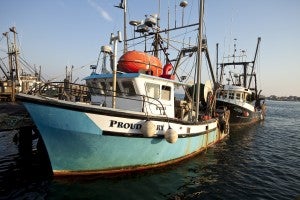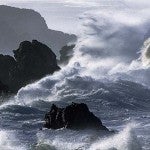 Catch shares, a fishery management system that gives fishermen a secure share of the catch in exchange for increased monitoring and greater accountability, represent a substantial change from the way U.S. fisheries have been managed in the past.
Catch shares, a fishery management system that gives fishermen a secure share of the catch in exchange for increased monitoring and greater accountability, represent a substantial change from the way U.S. fisheries have been managed in the past.
Well-designed catch shares – particularly when they include accumulation limits – can provide safeguards for small boat fishermen, their families, and their communities. Because these are the people who are hurt most when fisheries collapse, EDF believes it is imperative to ensure that management programs take the needs of both fish and fishermen into account. Catch shares are uniquely suited to do so in a number of ways that conventional fishery management plans could not.
For example, conventional fishery management plans typically call for shortened seasons and even closures when overfishing or other factors deplete stocks. This unpredictability of management can endanger smaller operators more than bigger ones, since they may not have the flexibility to weather the changes. Because catch shares usually allow fishermen to operate all year long, they provide far greater job stability for fishermen, who know in advance how much fish they can catch during the season and what their needs will be at any given time. They can spread their catch out over the year, avoiding the gluts that occur when everyone brings in their catch at once and timing trips to maximize the price they’ll earn for that catch. Some fishermen are working directly with processors so they are fishing for species that are most sought-after at the most desirable times, earning the highest price per fish. Read More















